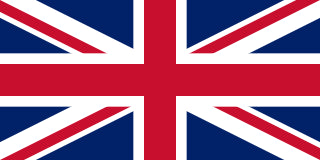
There are seven types of plastic, some of which are recyclable and some of which are not. They are identified by the resin used to make them.
The plastic type number can often be found printed on plastic products, inside a triangle of arrows — this triangle is sometimes misunderstood, with consumers assuming it means the item is recyclable.
This is not the case — it is in fact the number inside the triangle that tells the consumer if the item can be recycled or not.
Whether a certain plastic is recycled in your area will depend on your local council or your waste management company, so make sure you check with them before you place plastics in your bin.
The seven plastic types

Let’s take a look at the seven different plastic types below.
1: PETE
Polyethylene Terephthalate
PETE is a popular plastic and one you’ll be very familiar with. It is often transparent and is used to make the majority of drink bottles, as well as cooking oil and cleaning product bottles.
This type of plastic is easily and therefore widely recycled. It is intended for single-use, and isn’t considered safe for repeated use, so send it straight for recycling once you’re done with it.
2: HDPE
High-Density Polyethylene
Usually opaque and coloured, HDPE is another common plastic type you will recognise.
HDPE is used to make laundry detergent containers, containers for toiletries, spread tubs, and more — many popular household product containers. Also, some toys, some plastic bags, picnic tables, bed liners for trucks, and wheelie bins!
HDPE is extremely strong and hardwearing, can be reused, is considered safe, and can be recycled — that’s why our wheelie bins are made from it!
3: PVC
Polyvinyl Chloride
PVC is a soft and flexible plastic which is used to make a lot of things but is rarely recyclable.
It is used to make inflatables (mattresses, pool inflatables, bouncy castles), shower curtains, cling film, teething rings, garden hoses, plumbing pipes, and sheathing for electrical cables.
PVC contains toxins which leach throughout its lifetime, so it’s not a plastic to use with food or drink.
4: LDPE
Low-Density Polyethylene
LDPE is strong with a good water and chemical resistance, so its uses are broad.
It is used to make shopping bags, bread bags, heavy duty sacks, gas pipes, water pipes, chemical tank lining, and squeezable bottles for condiments.
It is not recyclable.
5: PP
Polypropylene
PP is considered a safe plastic as long as you don’t eat food that has been microwaved inside it.
It is used to make food containers (including “microwave-safe” ones), kitchenware, yoghurt cups, luggage, toys, car parts, and medicine bottles.
PP is a tough plastic with an excellent resistance to fatigue — great for creating living hinges (such as those found on some medicine bottles).
Polypropylene can be recycled, so check with your council or waste management company.
6: PS
Polystyrene
Polystyrene or Styrofoam is most commonly used to make disposable food containers, toys, CD cases, insulation material, and costume jewellery.
It is not widely recycled, takes hundreds of years to decompose by itself if sent to landfill, and it has been suggested that polystyrene leaches toxic chemicals into food.
7: OTHER
Bisphenol-A (BPA), Polycarbonate and Lexan
This category covers all other plastics, including the highly toxic BPA, acrylic, fibreglass, and nylon. Number 7 plastics are often not recycled.








Craig Pryce